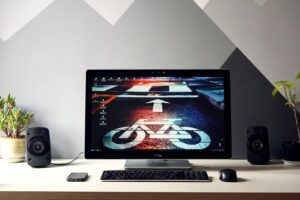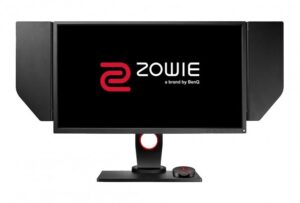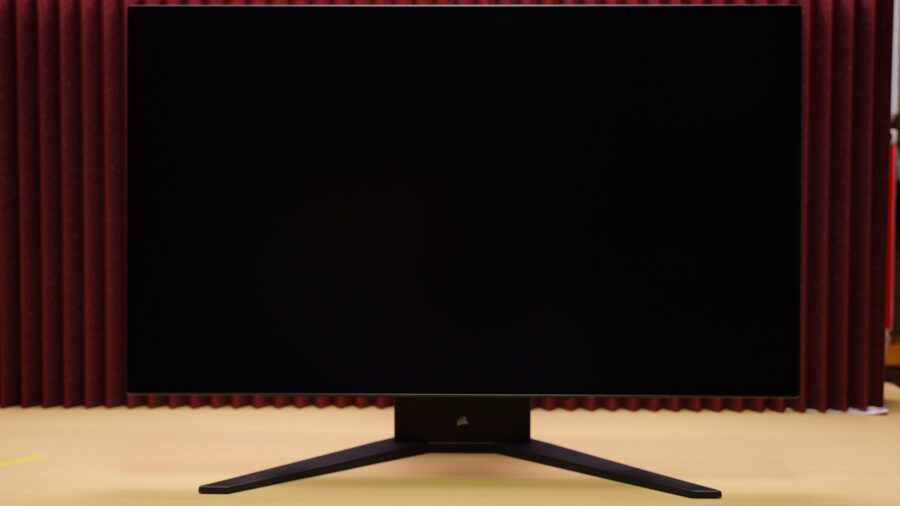
I have been able to rent the "Corsair XENEON 27QHD240 OLED" this time, so I will write a review about it.
Contents
Specs
| Spec | |
|---|---|
| Size | 26.5-Inch |
| Resolution | QHD |
| Panel | OLED |
| Response Time | 0.03ms |
| HDR | HDR10 |
| Inputs & Outputs | HDMI 2.1 x2 DisplayPort 1.4 x1 USB-A 3.1gen1 ×4 USB-C(DP ALT)×1 USB-C ×1 Headphone Jack |
| Speaker | None |
| Stand | Swivel +/-30° Tilt -7~15° Height 100mm Pivot +/-90° |
| Brightness | 1000 nits (peak) |
| Static Contrast Ratio | 1.5M:1 |
| Anti-Glare | Anti-glare |
| VRR | NVIDIA® G-SYNC® Compatible |
Exterior and accessories
Accessories
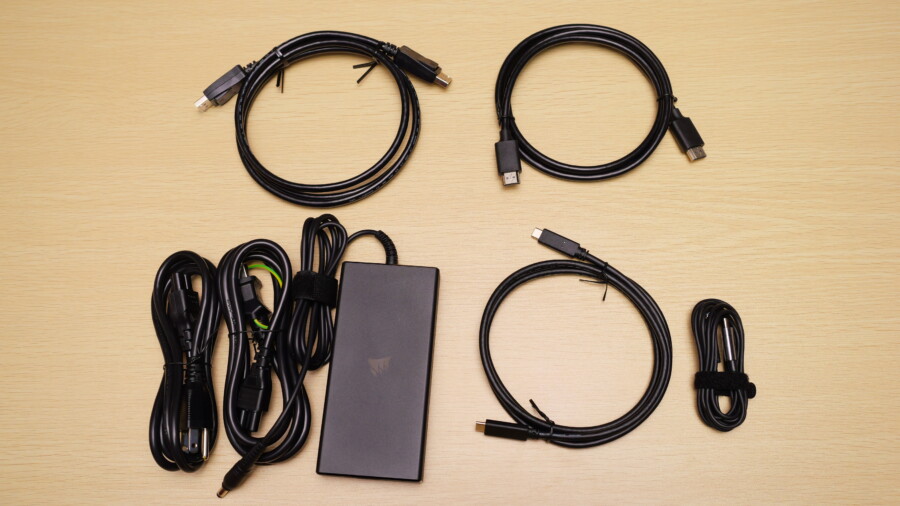
The included cable accessories are as follows:
- Power cord
- USBC-C cable
- USBC-A cable
- Display Port 1.4 cable
- HDMI 2.1 cable
These are the cables provided with this monitor.

The paper accessories include:
- Color calibration test results.
- Warranty guide.
- Safety guide.
Exterior

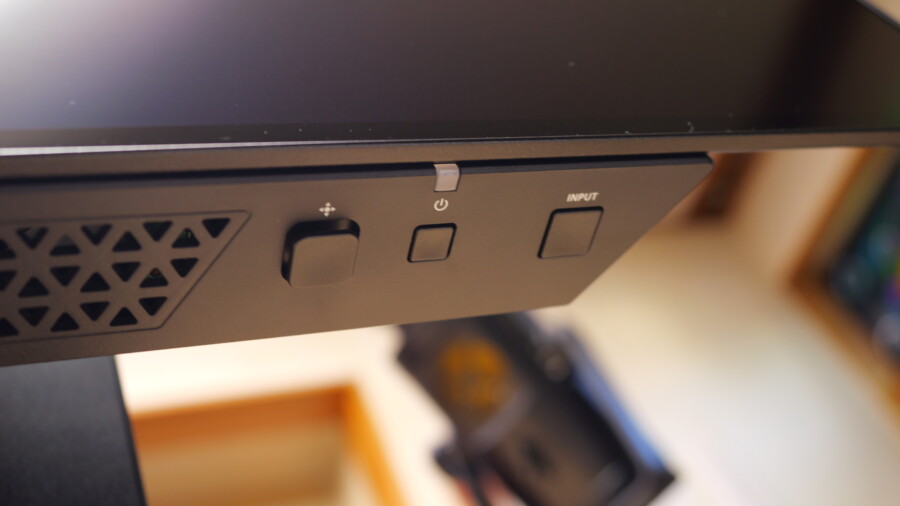
In the lower right corner, there are:
- Input switching switch
- Power button
- Joystick
(Used for changing settings)
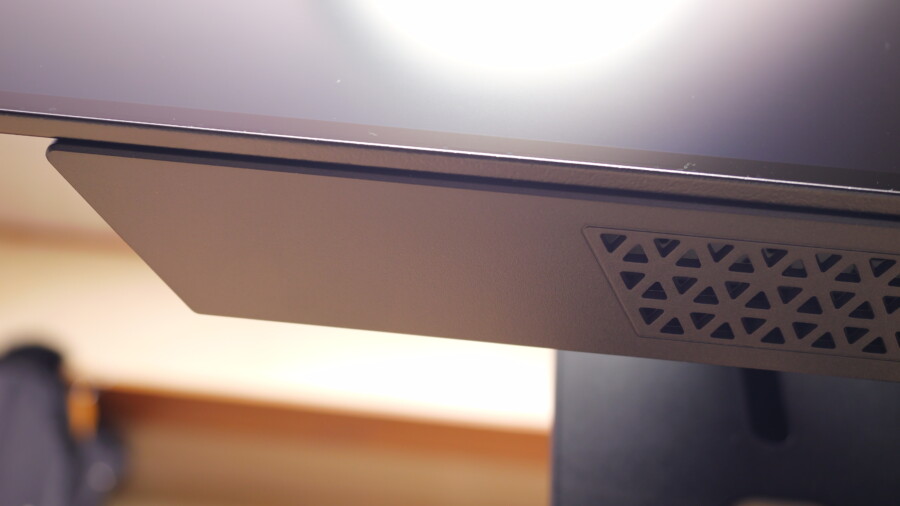
There is nothing attached to the lower left corner.

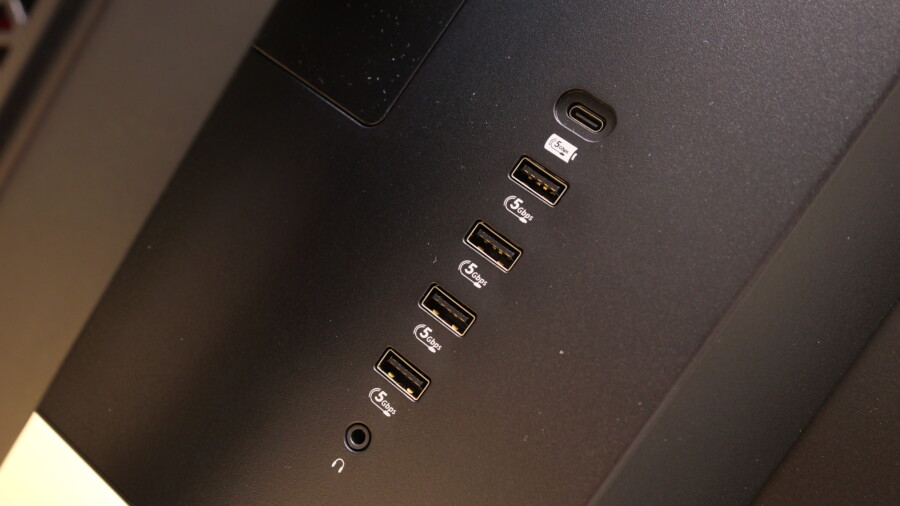
At the left rear, there are a USB port and an headphone jack attached.
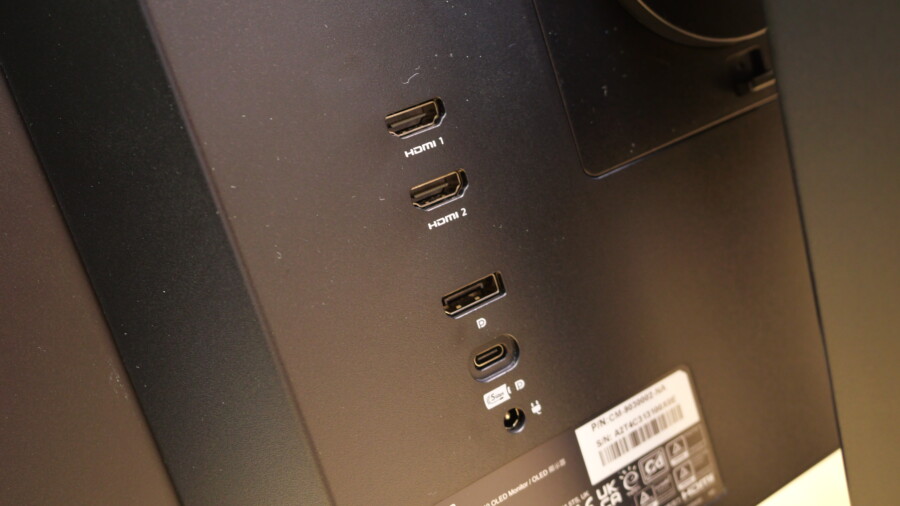
At the right rear, there are:
- HDMI 2.1
- DP 1.4
- USB-C (65W power delivery, DP ALT)
- Power cord inlet
Stand Adjustment

Lowest height

Highest height
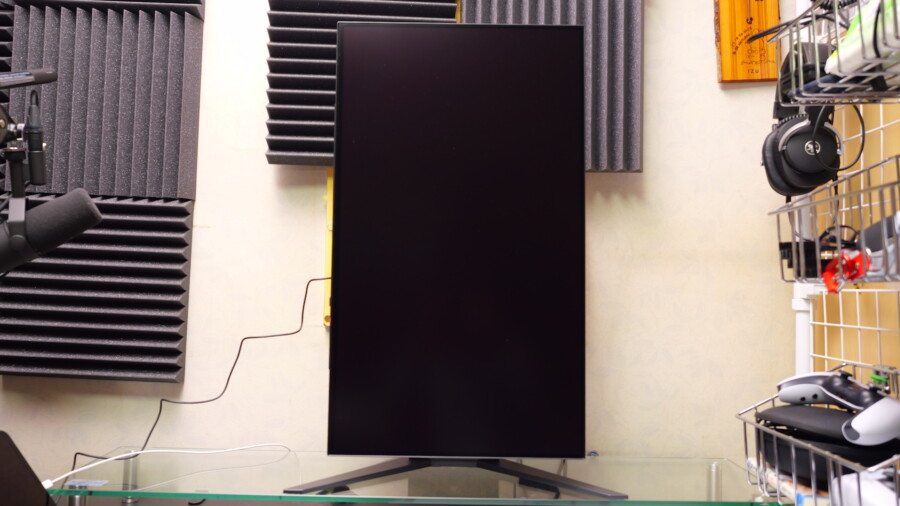

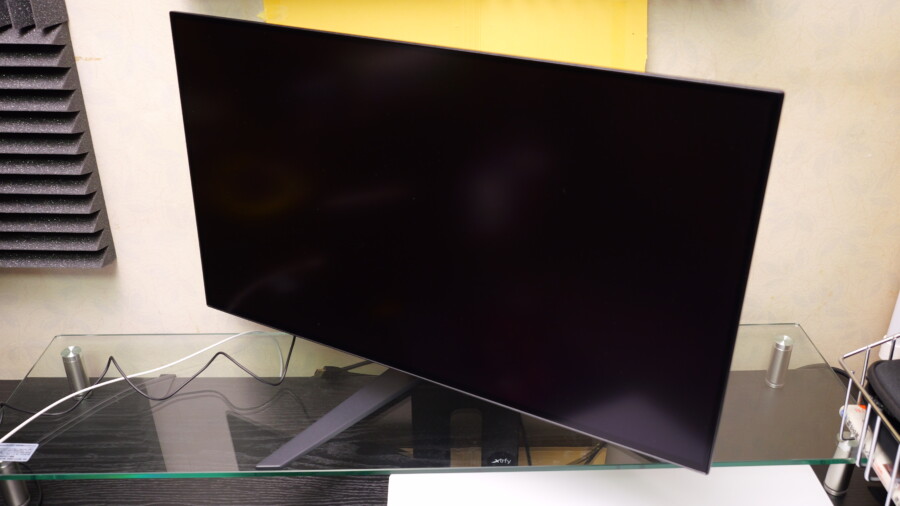
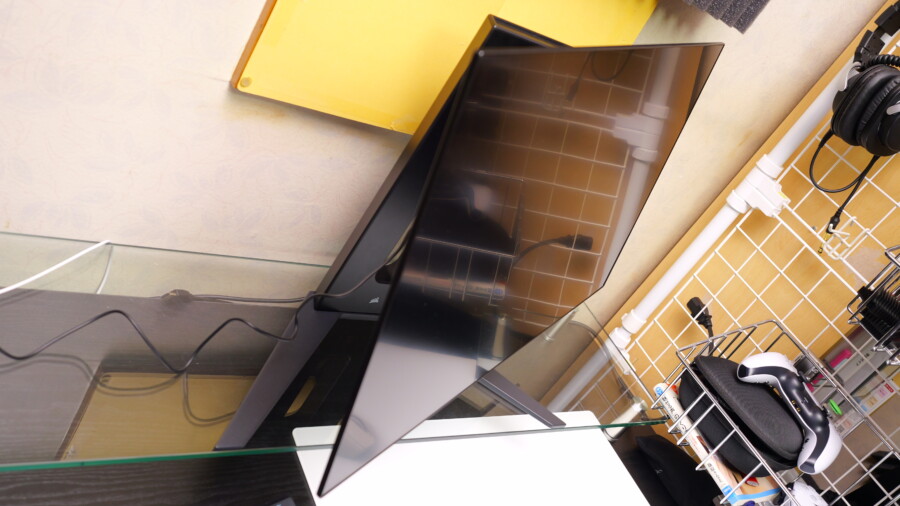
All stand adjustments are infinitely adjustable.
Pros
Benefits with OLED
The black is pitch black and very distinct.

OLED are said to excel in black representation compared to LCDs, and in reality, a significant difference can be felt.
When comparing it to monitors with TN panels or IPS panels, there is no whitishness at all and it gives a true black feeling.
Due to the strong black levels, the image appears sharper and enhances the overall high picture quality.
I believe that those who are using an OLED monitor for the first time will be able to perceive a significant difference in this regard.
The color looks deep
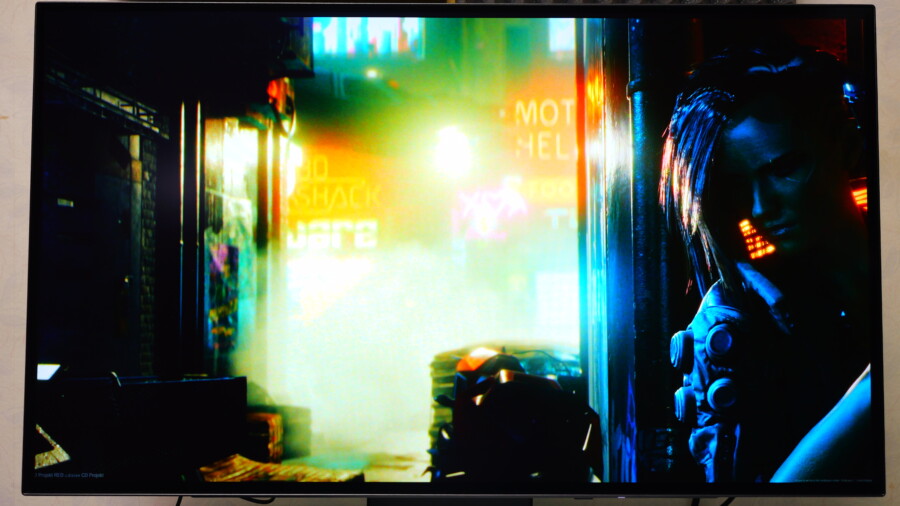
I feel that not only black, but other colors also appear overall darker.
As a result:
- it provides better visibility in games like FPS
- Makes it easier to read text and reduces eye strain during regular PC work.
This overall enhances the ease of viewing compared to LCD displays.
Response time 0.03ms
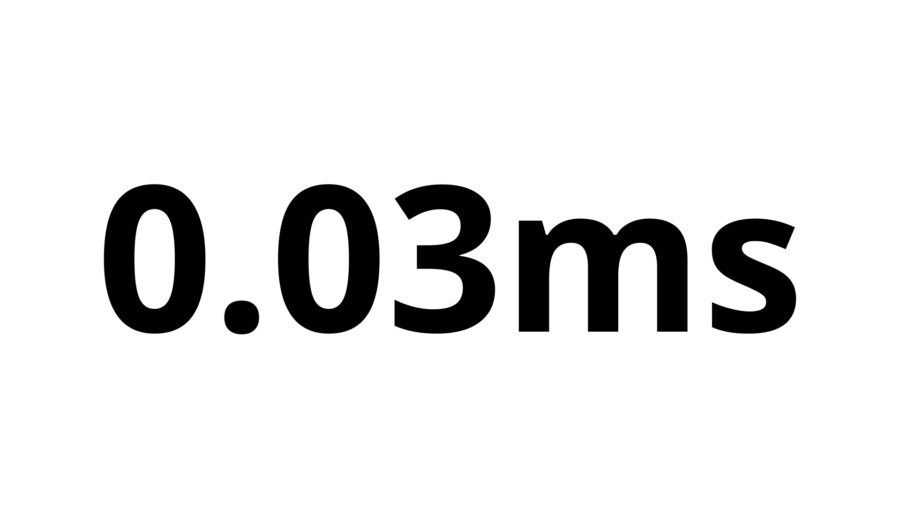
Recent LCD monitors have seen an increase in models with response times of 1ms or less, such as 0.5ms, 0.3ms, and 0.1ms.
However, the "XENEON 27QHD240 OLED" features an OLED display that surpasses LCD in terms of response time, achieving an exceptional speed of 0.03ms.
In addition, it excels in both image quality, surpassing IPS panels, and response time, surpassing TN panels, making it a well-rounded performer with the best of both worlds.
However, even when comparing it to my everyday monitor, the "XL2746K," I didn't notice a significant difference in terms of low latency.
That's because the "XL2746K" also boasts a top-class response time among LCD monitors, making it sufficiently fast.
Therefore, when transitioning from a monitor like this, it may be difficult to perceive a noticeable difference in latency.
However:
- The "XL2746K" provides a significantly better image quality while maintaining a comparable perceived response time.
- When compared to monitors with response times of 5ms or higher, there is a clear and noticeable difference.
- When comparing it to monitors with refresh rates ranging from 60Hz to 144Hz, there is a difference not only in response time but also in smoothness.
For these reasons, I think many people can appreciate the benefits of upgrading to a monitor with improved performance.
Little motion blur

The combination of a 240Hz refresh rate and a 0.03ms response time results in minimal motion blur.
A faster response time allows for quicker transitions between individual pixels, resulting in smoother depiction of movements on the screen.
Therefore, even compared to the XL2746K with DyAc+ enabled, the XENEON 27QHD240 OLED still provides a noticeable reduction in motion blur.
By the way, "DyAc+"
"Turns off the backlight for a moment and inserts a black screen between frames”
This kind of action creates a visual effect that makes motion blur appear to be reduced.
However, there is a drawback that the backlight is repeatedly turned on and off, which can easily strain the eyes.
So I think the major advantage of the XENEON 27QHD240 OLED is that there is less motion blur without using such functions.
Benefits of QHD/240Hz
It is easier to maintain a higher frame rate than 4K.

In more detail, I have described in the following section,
"My user experience with each FPS title"
QHD puts less strain on the PC compared to 4K, making it easier to maintain a high frame rate.
Therefore, if you have a PC with similar or higher specifications as mine, you will experience the benefits of QHD/240Hz.
Even when using Full HD, the image quality does not deteriorate significantly.
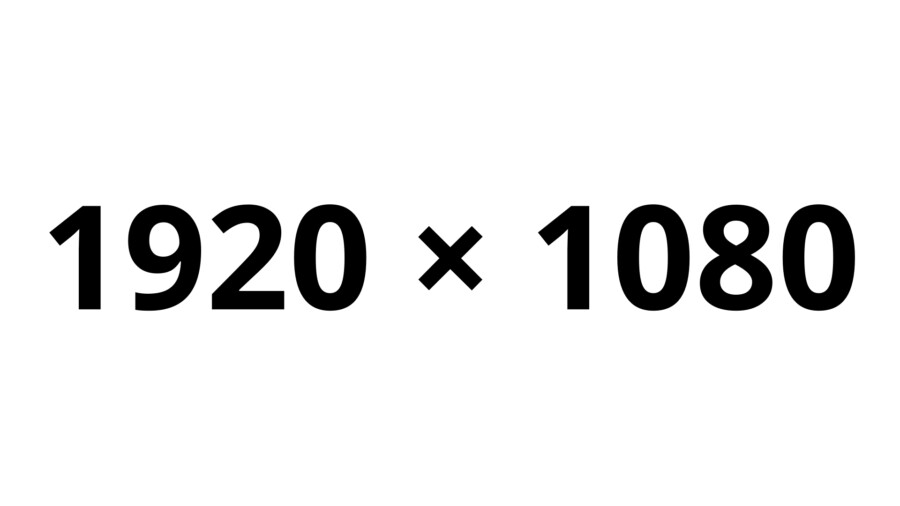
Since the XENEON 27QHD240 OLED is 26.5 inches in size, it doesn't experience a significant loss in image quality even when displaying in FullHD.
Therefore, you can make use of the following distinctions:
- When aiming for higher frame rates in games like FPS, use Full HD.
- For non-FPS games or general PC tasks, use QHD resolution.
Functional Benefits
Four USB hub

Having four USB hubs allows for convenient connectivity of USB devices such as mice and keyboards.
It can also be used with a single USB-C cable for connection.

If the laptop support DP ALT mode, a single USB-C connection allows for:
- 65W charging
- Video output
- USB hub functionality
This makes it convenient and user-friendly for using the laptop.
Supports KVM
A feature that allows the operation of multiple PCs connected to a monitor using the keyboard and mouse connected to the monitor.
It is compatible with KVM, so you can use the mouse and keyboard connected to the USB hub of the monitor with two devices.
For example, a laptop connected via USB-C (DP ALT mode) and a desktop PC connected to another USB-C port.
It is equipped with a burn-in prevention feature
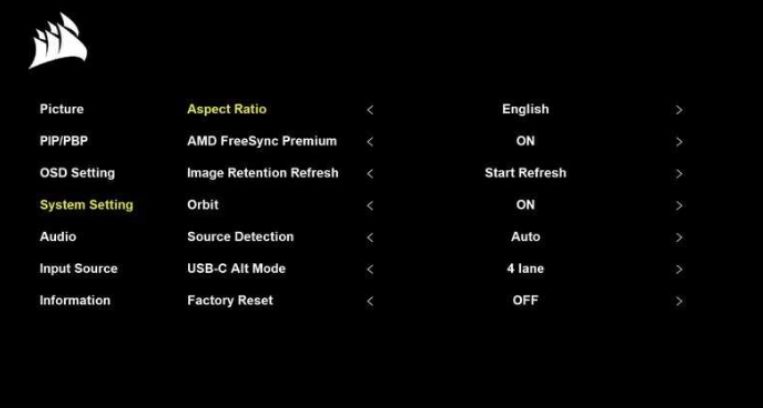
One of the drawbacks of OLED is their susceptibility to burn-in compared to LCD.
However, the "XENEON 27QHD240 OLED" is equipped with the following burn-in prevention features:
- Image Retention Refresh
- Orbit
By the way, I have been using an OLED monitor for over a year and a half, for several hours every day, and I haven't experienced any burn-in issues.
Therefore, under normal usage, I believe there is little need to worry about burn-in with OLED displays.
Other Benefits
It is possible to use it with the PS5 at QHD and 120Hz
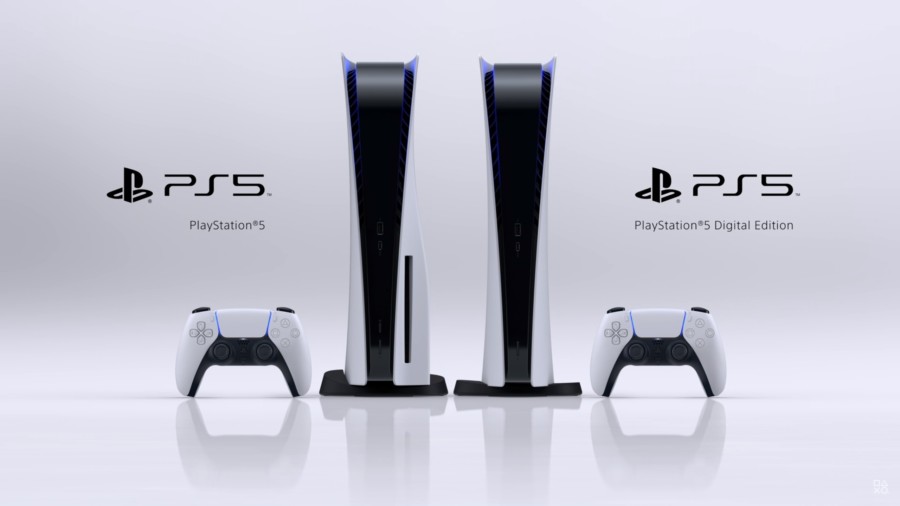
Depending on the monitor used, the PS5 may be limited to displaying up to 60Hz, even if the monitor supports 120Hz or higher.
However, I was able to use this monitor with 120Hz settings.
Cons
The joystick has poor usability

The operation of the monitor is done through a joystick located on the lower side, but the maneuverability is poor.
This stick allows for five types of operations:
- Pushing it in.
- Tilting it forward, backward, left, and right.
Moreover, the pushing action feels slightly stiff, while the tilting action is lighter.
As a result, it is easy to accidentally tilt the stick instead of pushing it when attempting to do so.
The monitor light cannot be properly attached
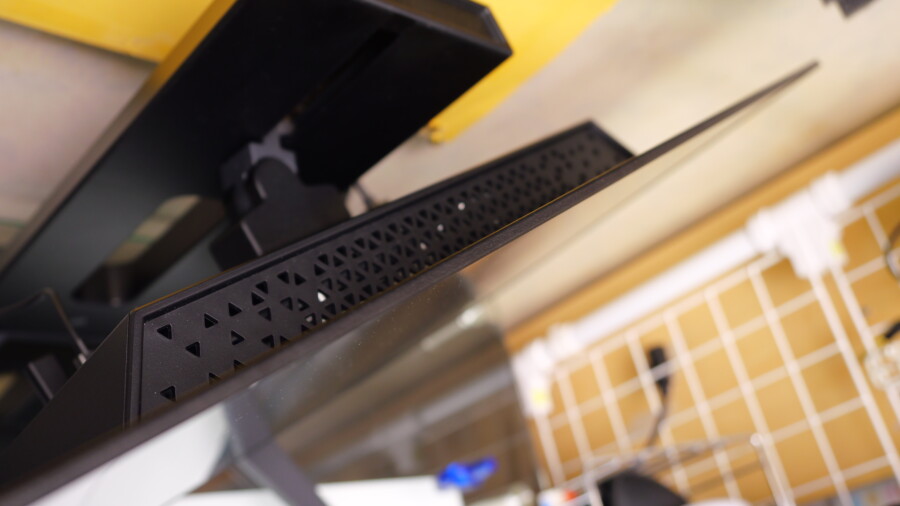
"XENEON 27QHD240 OLED" has a considerably thin upper and side.
Due to this, it becomes difficult to attach desk lights like the "BenQ ScreenBar" on the top.
It is possible to attach them.
But it is challenging to secure them properly, causing them to tilt.
Resulting in the light shining directly into the field of vision, causing glare.
My user experience with each FPS title
| Model name | |
|---|---|
| CPU | Intel Core i9 10900k |
| Memory | DDR4-3200 32GB×2 |
| GPU | RTX3080 |
In this section, I will write about the FPS I achieved on my PC with QHD/240Hz settings.
The basic PC specifications are as shown in the table above.
For the measurement, I am using "CapFrameX" and conducting a 3-minute-long measurement.
However, please note that there may be extreme fluctuations in frame rates observed at the beginning of the measurement, either unusually low or high.
Please exclude those specific data points and consider them for reference purposes only.
Furthermore, I have capped the frame rate at 240fps, and most of the in-game settings are set to their lowest configuration.
VALORANT
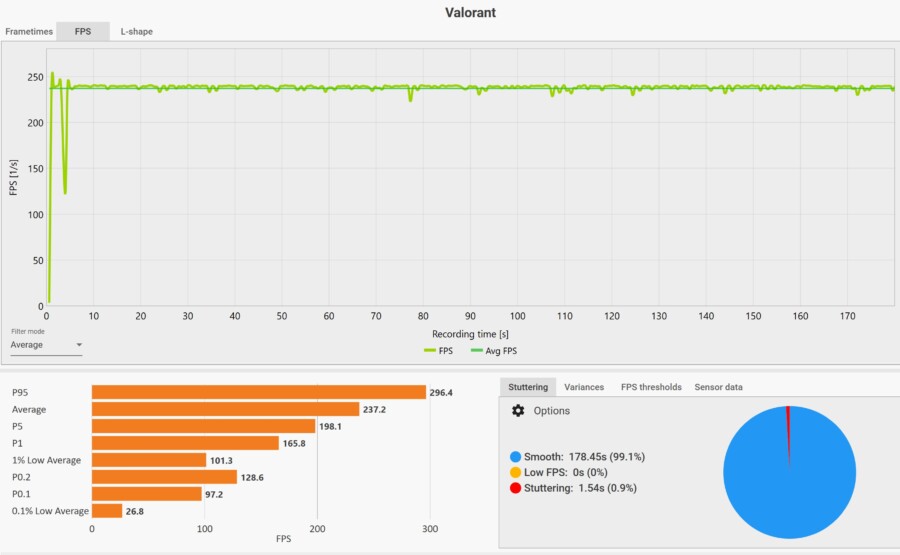
Since VALORANT is a lightweight game, I am able to maintain an average frame rate of 237fps, almost reaching the 240fps cap.
Apex Legends

Apex Legends is not as demanding of a game, so even at QHD resolution, I achieved an average frame rate of 225fps.
However, there are moments when the frame rate drops down to 174fps, so there is a slight variation in the FPS range.
Therefore, it seems advisable to cap the frame rate around 200fps on my PC to minimize the fluctuations in FPS.
By the way, if you set it to Full HD:
- Average: 239 fps
- Maximum: 240 fps
- Minimum: 215 fps
So, if you prioritize FPS, it is recommended to play in Full HD.
COD MW2
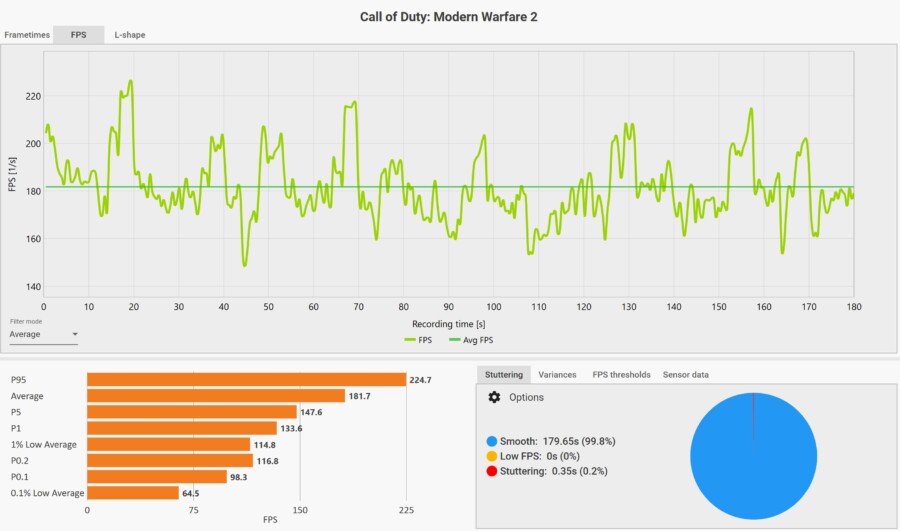
Since MW2 is a demanding game, I wasn't able to achieve 240 fps on my own PC.
By the way, if you set it to Full HD:
- Average: 213 fps
- Maximum: 237 fps
- Minimum: 176 fps
These values are lower compared to other titles.
OW2

OW2 is a lightweight game, so even at QHD resolution, it achieves a high average of 239 fps.
Furthermore, even at its lowest, it maintains a minimum of 213 fps, with minimal occurrences of dropping below that threshold.
However, in Full HD, it consistently hovers around 240 fps, making it ideal for those who prioritize high frame rates.


